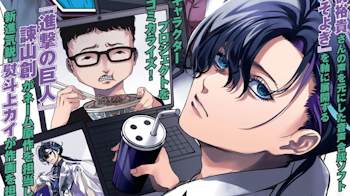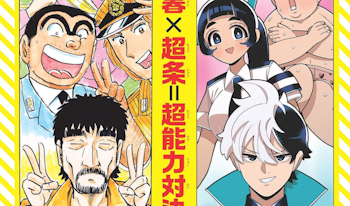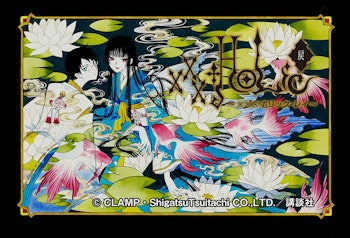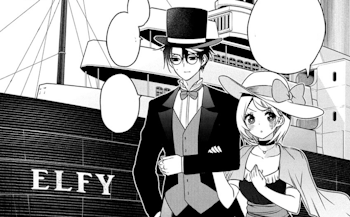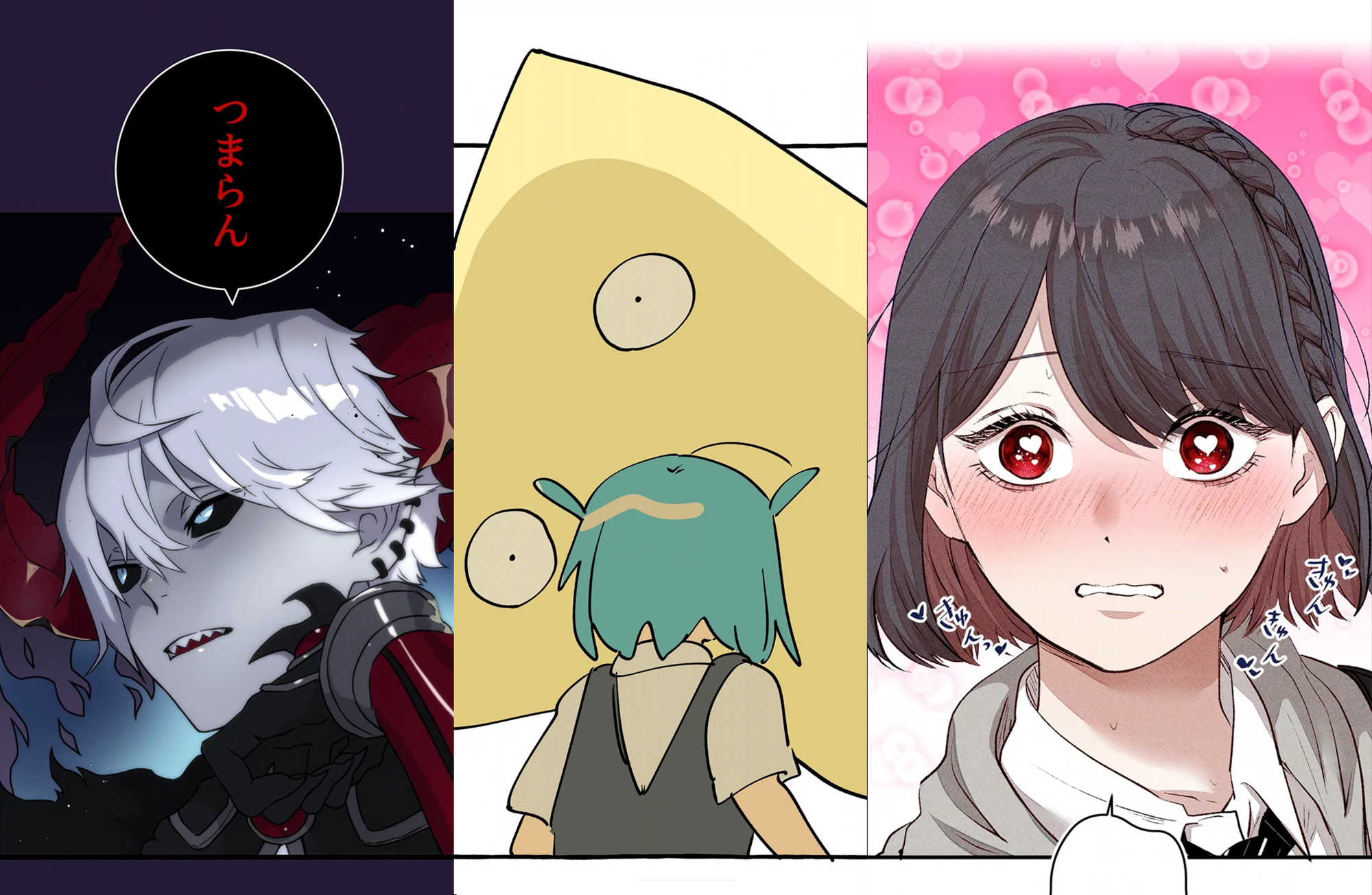
As technology changes, so does popular culture. From the rise of the printing press to the radio to streaming sites today, the way that creators tell stories and consumers consume them has never stood still. That’s doubly true for Japanese manga: what once began as an industry based on paper magazines and printed volumes is now overwhelmingly digital, but the advent of the smartphone threatens to change things even further. Many publishers are now asking the question: is vertical the new horizontal?
Shueisha, one of Japan’s largest and most influential publishers, made waves in 2023 when it declared its intentions to expand into the vertical manga market with a new service under the Jump brand umbrella. Headed up by the mighty Weekly Shonen Jump, Jump is perhaps the best known manga brand in the entire world, so this wasn’t something to be sniffed at. These promises eventually panned out in May of this year, when the brand new vertical manga service Jump Toon launched with close to 30 titles in its initial line-up across an app and website.
With the vertical manga industry expected to surpass 27.5 billion US dollars globally by 2028 (that’s six times the value of Japan’s manga market in 2022), the question of who can establish market dominance early on is critical. How have Shueisha risen to the challenge? What makes Jump Toon stand out against its competitors? And will Jump dominate this new world of vertical comics in the same way that it did horizontally?
A Brief History of Vertical Manga in Japan
First of all, it’s necessary to sketch a brief history of vertical manga in Japan to establish the kind of market that Jump Toon has launched into. As is common knowledge at this point, the concept of ‘scrolling comics’ can largely be attributed to Japan’s neighbor South Korea, where they are known as manhwa or sometimes webtoons. The growth and development of manhwa is another article in and of itself, but suffice it to say that these vertical comics are one of Korea’s biggest cultural powerhouses, drawing in millions of readers every day and even inspiring big budget adaptations.
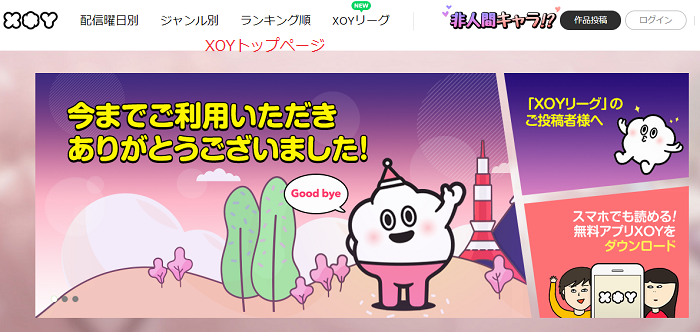
The importation of vertical manga into Japan proceeded in spits and spurts over the previous decade, partly due to the domestic tradition of horizontal comics but also because of spotty rollout. Naver launched XOY in 2016 as a Japanese version of the Korean-language Naver Webtoon, but this was closed and merged into the pre-existing LINE Manga in 2018. Fellow domestic rival Kakao also launched Piccoma in 2016, but didn’t find major success until pivoting to a free model. Nevertheless, the real turning point came when Solo Leveling launched in 2018: this series quickly became a viral hit and ended up earning over 100,000,000 yen (around $670,000 USD) for Piccoma in a single month.
Since then, the vertical manga sector has only continued to grow, with its market share surpassing 10% of all digital book sales in Japan for the first time in 2022. Many reasons are given for this: there’s the fact that vertical manga are perfectly suited to reading on smartphones, but it’s also important to highlight that reading a certain amount of vertical manga is typically free with options to spend to read more if necessary. The recent popularity of Korean pop culture in Japan, including Kpop and Korean dramas, also can’t be overstated.
Inside the Jump Toon App
Considering the recent growth of the market and its potential for more, no one was surprised when Shueisha announced its intentions to expand. The idea of using its most iconic manga brand to do so, however, was a clear indication that the company thinks that this could be the next big thing. Furthermore, rivals such as Bandai Namco and Rakuten have already launched their own services, so it's not as if they’re alone in expanding into the space. With this in mind, what does it feel like to use Jump Toon?

Loading up the app, the UI feels clean and streamlined. You’re immediately presented with a line-up of high resolution banner images that represent a selection of series updated that day: this allows you to jump straight into the latest chapters with minimum fuss. Scrolling down, you’ll also then find a ranking of the most popular series, along with a variety of other pick-up sections presumably curated by the development or editorial team.
Perusing the bottom bar reveals a variety of standard features, such as a search bar and your own personal library that tracks the series you’re currently reading. Like many other vertical manga apps, reading is free at first but operated on a limited basis: you only get a couple of free chapters per day before you have to either wait or buy ‘Coins’ for one yen each. These get progressively more discounted the more you buy at once, which is typical of many modern microtransaction systems.
Jump Toon’s Big Hitters
If the design of Jump Toon as an app and website are rather standard, then it is in its lineup of series where it hopes to differentiate itself. Speaking during the launch of the service, editor-in-chief Takanori Asada explained that “We don’t believe in arbitrarily deciding which genres do and don’t work in vertical manga[...] We want to build Jump Toon together with creators who can entertain readers and surprise them.” In other words, the editorial team isn’t interested in simply playing to type, but has the service managed to succeed in avoiding this?
First of all, it is worth noting that not all of Jump Toon’s offerings are original. Alongside series created exclusively for the app, there are others that are serialized on other services such as 2-shuume Boukensha wa Kakushi Class "Juuryoku Tsukai" de Saikyou wo Mezasu and Maryoku 9999-man: Zen Zokusei Tsukai no Dai Kenja, as well as vertical versions of popular Jump manga such as Haikyu!! and Jigokuraku. That being said, none of these unoriginal works ranked that highly in terms of popularity, and they don’t necessarily represent the spirit of the app as a brand new adventure with creativity at the forefront. As a result, the focus of this article will be contained to ‘Jump Toon Originals,’ or series created specifically for the service.
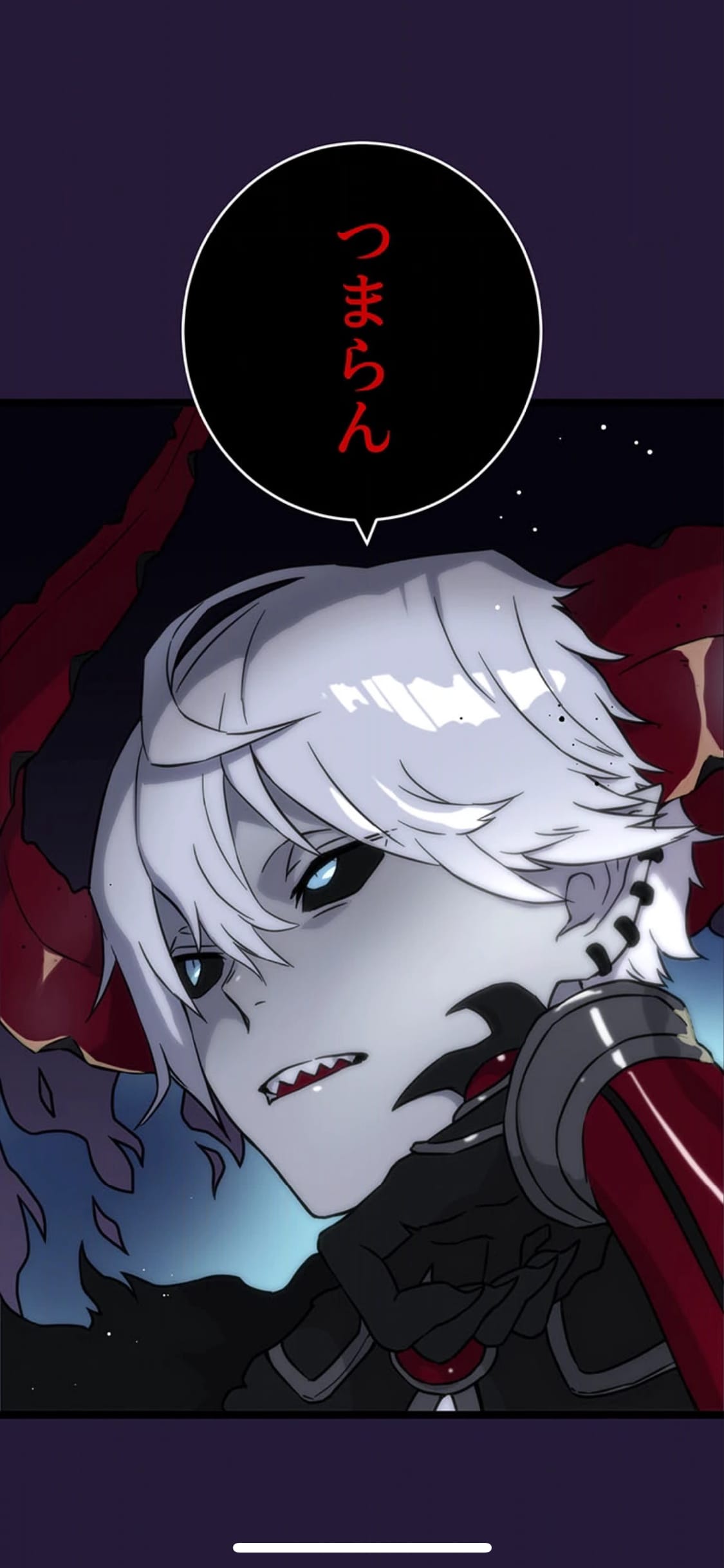


©SHUEISHA INC./CyberAgent Group
In my time using the app, one series consistently ranked in at number one in the popularity ranking: Last Boss Shoujo Akari: Watashi yori Tsuyoi Yatsu no Ai ni Gendai ni Iku, or Last Boss Shoujo Akari: Going to the Modern World in Search of Someone Stronger Than Me. Penned by light novel author Kiraku Kishima (who recently blew up thanks to his latest book Kasshoku Musume no Latina-san ni Ore no Karada ga Nerawareteiru) and with art by apparent newbie Aru Sakagamine, Last Boss Shoujo Akari has been serialized on the service since the very beginning and continues to draw in big numbers.
In terms of synopsis, Last Boss Shoujo Akari is a reverse isekai story where the demon lord of a fantasy world uses a dimension-hopping gate to reincarnate in the body of a young girl. Back in his previous life, the demon lord was too strong for any of the heroes who came to defeat him, so he decided to make the jump to another world to find someone who could end his long existence. He just so happens to reincarnate in the body of a girl who is being brutally bullied for her weakness in a world much like our own, except with magic and special abilities that the strong use to fight back evil monsters.
Bullying, harassment and social isolation are themes that appear often in Korean webtoons. They also featured in almost every single manga I read on Jump Toon: the protagonist of Densetsu no Ansatsusha, Tensei Shitara Ouke no Aisare Suemusume ni Natte Shimaimashite was abandoned as a child, the main character of survival story Aa, Ikiteiru tte Subarashii was bullied, and even Matching Apuri de Papa Katsu Shitara centers around the idea of using sugar daddies as a way to rebel against the patriarchal system. Perhaps it's due to the older demographic that webtoons target, but the sheer homogeneity in subject matter was shocking - even if other elements, such as the genre and premise, were radically different.
In Search of Something Better
If you’re after more variety, then you’re honestly best off ignoring the most popular series and instead searching around for something that piques your interest. Upon doing this, one of the first series that came up for me was Watashi ni Touhyou Shitte Kudasai - Ebarenakereba Shinu: a death game story where 47 participants are stranded on a desert island and forced to struggle for survival. While the premise is a tried and tested one, the fact that each character was named after a different prefecture in Japan felt like an inspired choice, plus there was no hint of bullying or harassment to be found - beyond the stress of trying to survive a death game, of course.
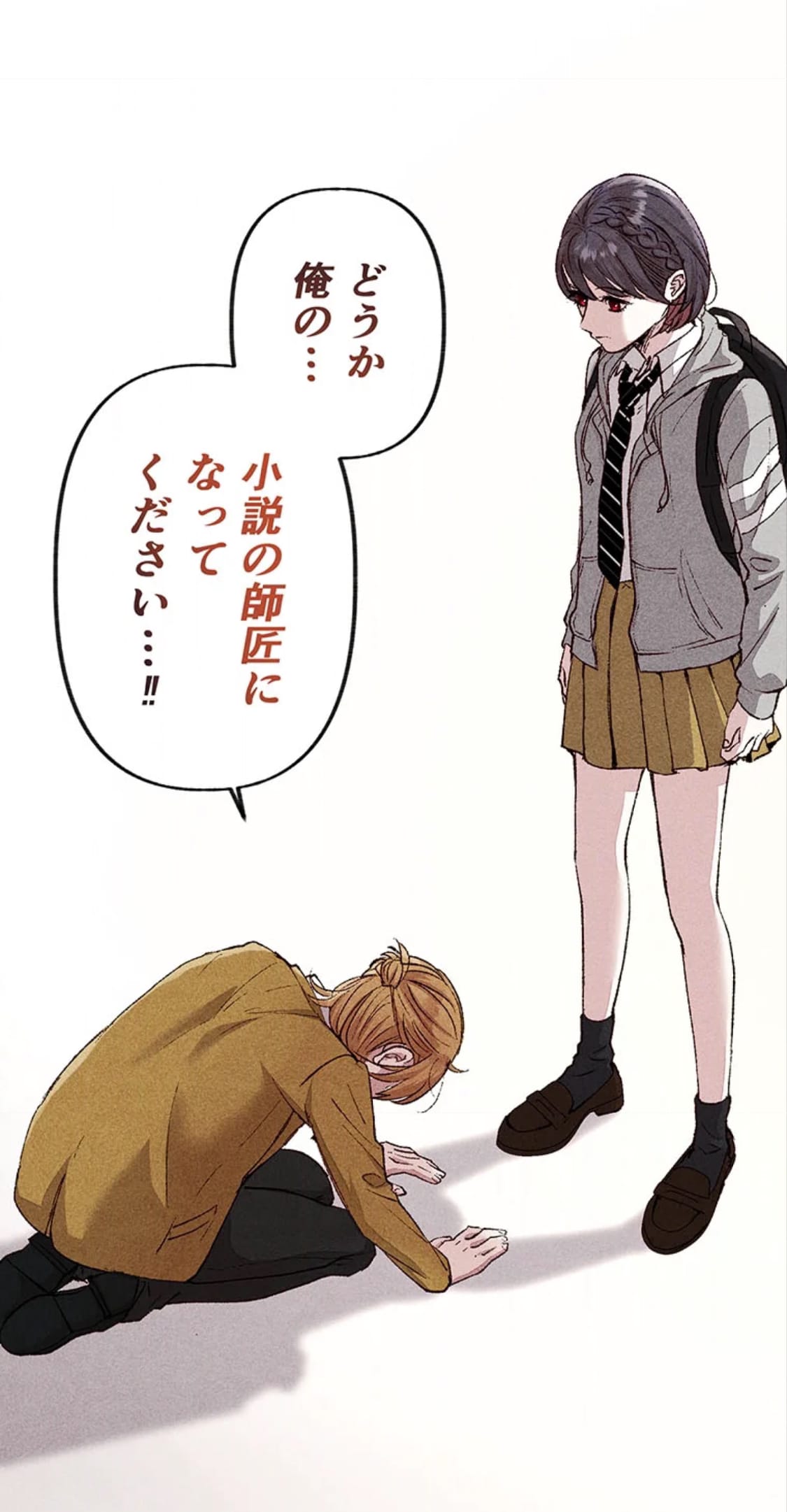
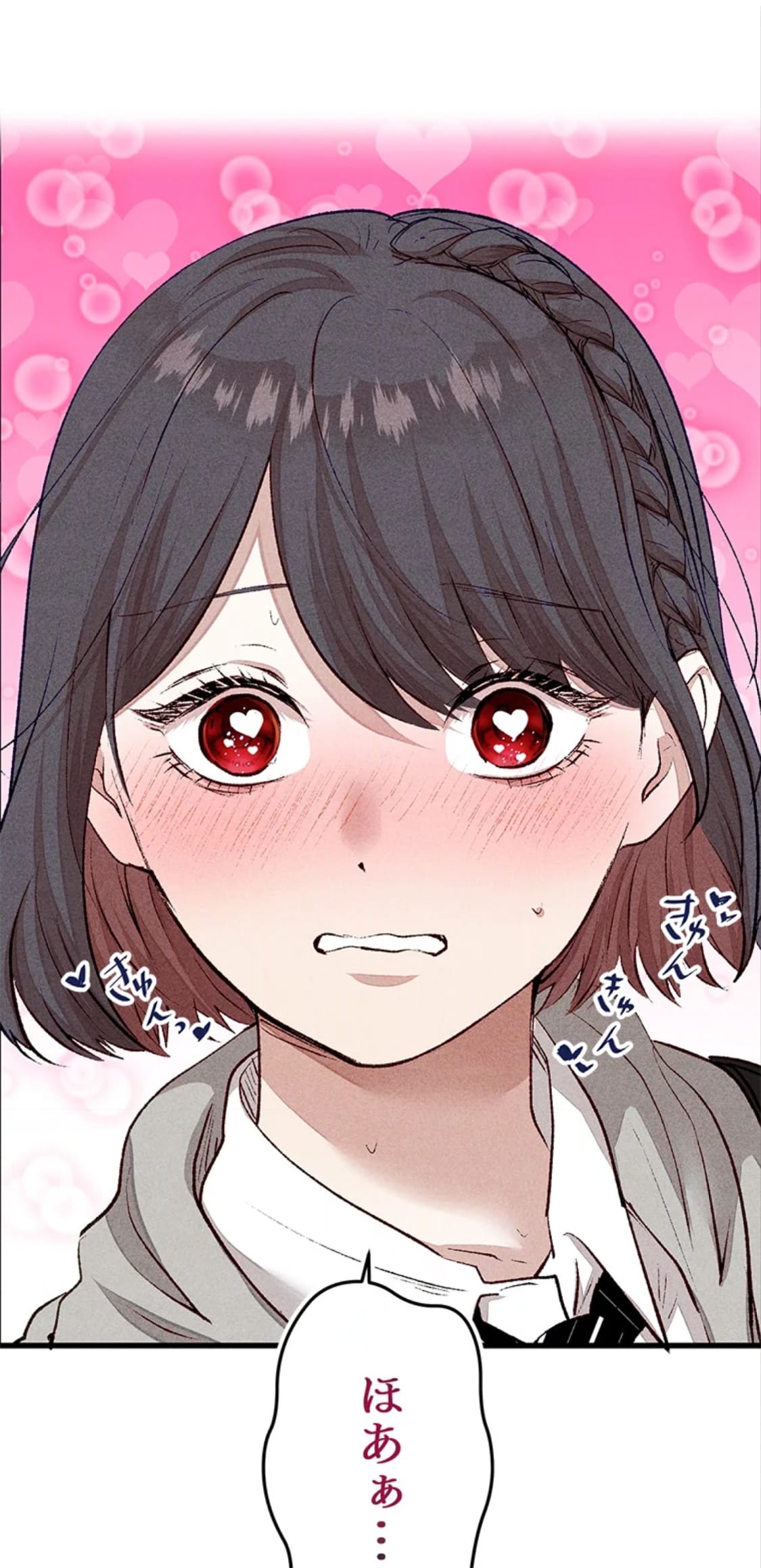

©SHUEISHA INC./CyberAgent Group
On a completely unrelated note, Nanten-san wa Minoranai is a sickly sweet love comedy centered around a literature club. When protagonist Nanten is asked by classmate Yurano to tutor him in the way of the novel, she can’t help but agree. The only problem is that Yurano is doing so to earn the affection of the club’s president, but as the two work together, Nanten begins to experience feelings some may say resemble love… Will she ever be able to admit this to herself?
Aside from just pure entertainment value, Nanten-san is significant as it feels quite different from what many would consider a webtoon: it doesn’t feature any death or violence, doesn’t center around bullying or harassment, and takes place in a school instead of a fantasy world or a workplace. In many ways, it seems like the regular kind of manga you’d find in Jump’s other services or publications, but simply formatted vertically. Consequently, it stands out as the first example of an interesting story that just so happens to be vertical, staying true to editor-in-chief Asada’s original stated aims.



©SHUEISHA INC./CyberAgent Group
The same could be said for Nuno Sanpo. Just on a visual level, it looks completely different from most other vertical manga as it features sketchy visuals and deformed character designs: most webtoons prefer clean lines and realistic designs, so it immediately caught my attention. What’s more, its plot is completely bonkers and was by far the most unique experience I had while using the app.
In chapter 3 of Nuno Sanpo, main character Sanpo is accidentally sent back in time to the Showa era after she asks the alien Nuno to make it so that she isn’t late to class. What follows is both hilarious and heartwarming as Sanpo encounters a young boy who tries his best to help her, but ultimately doesn’t end up contributing much. At the end, it all comes full circle as Sanpo ends up leaving her screwdriver behind - the one that her grandfather gave her that initially set her down the path of an inventor. A closed time loop! I cheered, I shouted, I fist-pumped the air, I cried, I stood and cheered.
Market Domination: Fantasy or Reality?
The existence of these unique, boundary pushing series proves that Jump Toon does have the potential to become something truly unique in the vertical manga space. Just because most of the popular series on the service share similar themes and elements doesn’t mean that the app has nothing new to offer, but merely that the readers tend to gravitate towards certain kinds of stories. In the same way that exorcist manga being prevalent in Weekly Shonen Jump right now doesn’t mean that there’s nothing interesting in the magazine, we shouldn’t write Jump Toon off for homogeneity.
Even so, the big question remains: has Jump Toon succeeded in securing a place in the vertical manga landscape? While it would be useful to look at download figures or sales data, Shueisha has yet to release any figures of the sort. The absence of such a release suggests in and of itself that there hasn’t been any major success as companies love to brag about big numbers for promotional purposes, but the figures we can see serve to illuminate the picture just as well: despite being the service’s most popular series, the first chapter of Last Boss Shoujo Akari doesn’t even break 70,000 views.

Nevertheless, it is important to remember that Jump Toon only launched at the end of May. While time is no doubt necessary for the service to solidify itself in the minds of readers, the example of Jump Plus shows that this can take many years: despite launching in 2014, Shueisha’s online manga service didn’t arguably break out into the mainstream until SPY x FAMILY launched in 2019. The problem then becomes whether Shueisha sees it as financially viable to support the service until that moment comes.
Still, the foundation is there. As long as the Jump Toon editorial department continues to focus on publishing interesting and creative stories, something is bound to click. One thing that this article didn’t have space to focus on was Jump Toon Next: a sister site that allows independent creators to create and upload their own work, some of which is then spotlighted on the Jump Toon app and website proper. This brings to mind the words of a wise man: “He who has the youth, has the future.”
For more information on Jump Toon, check out the official website.


